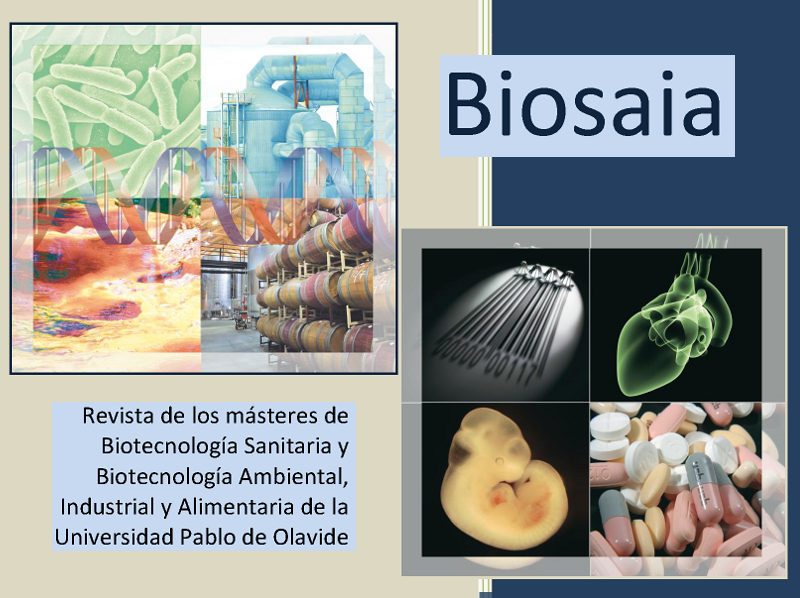Characterize the role of Hydrogen Sulfide (H2S) in the brain
Palabras clave:
hydrogen sulfide; neurodegenetaive disease;CTHResumen
Motivation: The deregulation of H2S levels in the brain seems to be involved in the origin of several neurodegenerative diseases [1]. However, its precise functions as a gasotransmiter in the central nervous system remains unknown. For this reason, the main objective of this study is to characterize the role of hydrogen sulfide (H2S) as a key element in neurotransmission supporting synaptic plasticity processes in the brain.
Methods:We used both, in vitro (primary neuronal cultures) and in vivo (mouse brain tissue) to characterize the synthesis of H2S in the brain by immunofluorescence using the specific antibody for the enzyme cystathionine gamma-lyase (CTH).
Results:CTH enzyme has been detected for the first time in primary cortical neuronal cultures and confirmed by immunofluorescence in adult males and females mice cortex. In addition, we also observe a specific pattern of expression in striatum, substantia nigra and hippocampus. Surprisingly, we identified a specific expression in the mossy fiber pathway. Their unmyelinated axons projecting from granulosa cells in the dentate gyrus that terminate in mossy hilar modulator cells and in Cornu Ammonis area 3 (CA3), a region involved in encoding short-term memory [2].
Conclusions: The presence of H2S-producing enzyme CTH in CA3 and Hilus in the hippocampus suggest that H2S has a critical role in memory consolidation. Understanding the regulation of the H2S production and the specific stimuli that induce their release will provide new insights into the biology of H2S and the development of novel therapies for neurodegenerative diseases [3].
Descargas
Citas
Shefa U, Kim D, Kim MS, Jeong NY, Jung J. Roles of Gasotransmitters in Synaptic Plasticity and Neuropsychiatric Conditions. Neural Plast. 2018 May 6;2018:1824713. doi: 10.1155/2018/1824713. PMID: 29853837; PMCID: PMC5960547.
Kesner R. P. (2013). A process analysis of the CA3 subregion of the hippocampus. Frontiers in cellular neuroscience, 7, 78. https://doi.org/10.3389/fncel.2013.00078.
Kimura H. The physiological role of hydrogen sulfide and beyond. Nitric Oxide. 2014 Sep 15;41:4-10. doi: 10.1016/j.niox.2014.01.002. Epub 2014 Feb 1. PMID: 24491257.
Descargas
Publicado
Cómo citar
Número
Sección
Licencia

Esta obra está bajo una licencia internacional Creative Commons Atribución-NoComercial-CompartirIgual 4.0.





